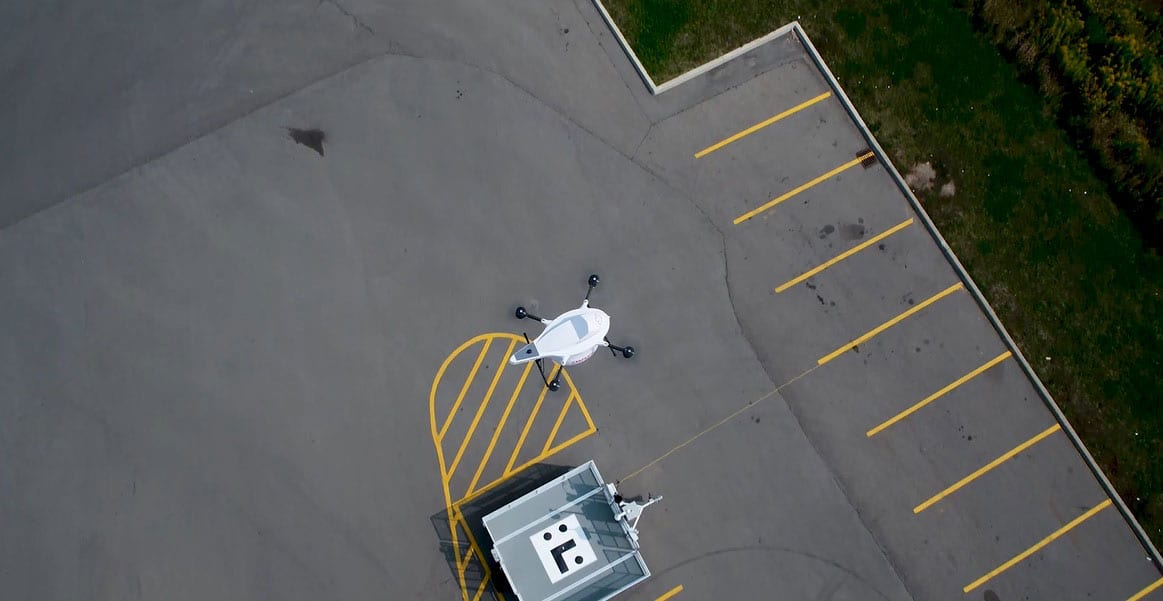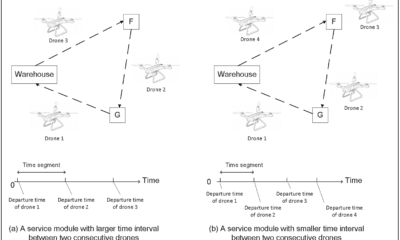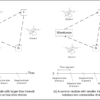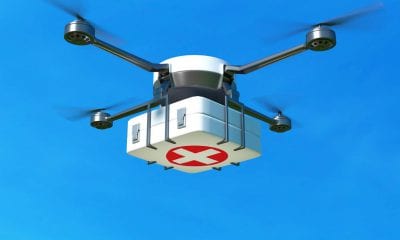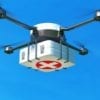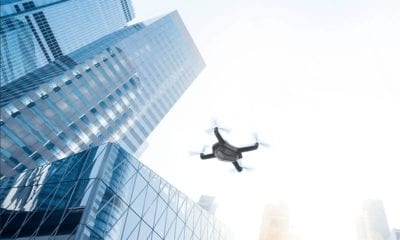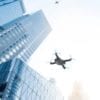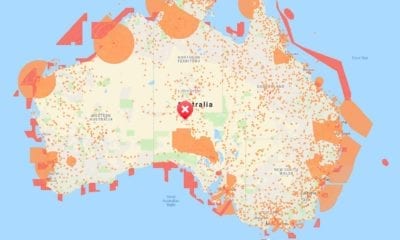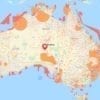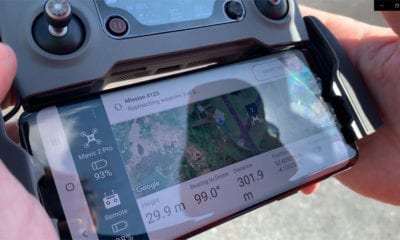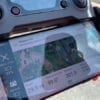Drone Delivery
Moose Cree First Nation to Adopt Drone Delivery System
In many countries, drone deliveries are nothing but plans on pieces of paper. However, the residents of one community in northern Ontario are looking towards changing this.
The remote First Nation island is where the Moose Cree First Nation lives – and where they recently signed a $2.5 million commercial deal with a drone delivery company in order to transport supplies, medicine, food as well as mail from the mainland town of Moosonee.
Drones Delivering Food and Supplies in an Ice-Blocked Town
Only accessible by boat in summer, the Moose Factory island is full of ice in winter which makes it very hard to access it, not to mention deliver foods and other products for its residents. This is how the drone delivery service aims to reshape the entire delivery model.
After a year of planning, this drone delivery service is expected to kick off next spring. The drones will have a 5 kg (11lb) maximum payload for the roughly 10-minute journey across the Moose River, where there is no bridge that connects the island from the nearest town.
From medical supplies to food and mail, this service will allow residents from Moosonee mainland to enjoy a remotely operated service. The partnership is also putting Moose Cree First Nation at the forefront of a technological innovation – being is among the first populations to employ such services.
Going Beyond Adaptation to Modern Technologies
As the director of economic development at Moose Cree First Nation named Stan Kapashesit commented:
“Usually we’re the last ones that are following or catching up to the modern technologies. We’re being a part of the future and helping build that future pathway.”
Another benefit of this new drone delivery service comes from the fact that Moosonee and Moose Factory are separated by the Moose River, which crossing is only possible in summer. As travel becomes dangerous in winter and helicopters are often expensive, drones are a perfect solution for transportation of various goods and services.
“It will be something to be proud of and to be used in a way that’s meaningful to our people, especially in our remote Indigenous communities. Hopefully it connects us more and creates that railroad in the sky,” Kapashesit said.
The Side Benefits of this Drone Delivery System
Alongside delivering supplies, drones can also monitor seasonal changes, according to Kapashesit. As he concluded, “It would be ideal to use a drone to monitor river break-ups in the spring, because when we charter a helicopter it can be very expensive by the hour.”
Eventually, he hopes that the drone technology will help his nation to create “a railway in the sky” first by connecting their own population of around 5,000 people before expanding to other (isolated) First Nation communities and eventually to the rest of the world.

